The Gold Standard in Traffic Supply Products
Preformed thermoplastic has revolutionized road marking systems worldwide, offering unmatched durability, reflectivity, and efficiency compared to traditional paint solutions. As cities expand and traffic volumes increase, the demand for long-lasting, high-visibility road markings has made preformed thermoplastic the material of choice for transportation authorities globally.
This comprehensive guide explores the composition, benefits, installation methods, and international applications of preformed thermoplastic markings, along with emerging innovations in the field.
(Suggested image placement: A high-quality image showing freshly installed preformed thermoplastic markings on an urban road.)
What is Preformed Thermoplastic?
Preformed thermoplastic is a pre-manufactured, solid road marking material composed of:
- Thermoplastic resin (35-45%)
- Glass beads (30-40% for reflectivity)
- Pigments (15-25% for color)
- Fillers and additives (5-10%)
Unlike liquid-applied thermoplastics, preformed versions come as pre-cut shapes, symbols, or line segments that are heat-fused to the pavement surface.
Key Properties:
- Melting point: 180-220°C (356-428°F)
- Service life: 3-8 years (vs. 6-24 months for paint)
- Reflectivity: Initial retroreflectivity of 300-500 mcd/m²/lux
- Skid resistance: 45-65 BPN (British Pendulum Number)
(Suggested image placement: Close-up of preformed thermoplastic sheets showing texture and embedded glass beads.)
Types of Preformed Thermoplastic Markings
1. Pre-cut Line Markings
- Standard widths: 100mm, 150mm, 200mm
- Used for lane dividers, edge lines, and centerlines
2. Preformed Symbols
- Pedestrian crossings, arrows, bike symbols
- Regulatory signs (STOP, YIELD, etc.)
3. Custom Shapes
- Roundabouts, complex intersections
- Airport runway markings
4. Anti-Skid Variants
- Contains aggregate additives for wet-weather traction
- Common in Nordic countries and mountainous regions
(Suggested image placement: Side-by-side comparison of different preformed thermoplastic types.)
Global Applications and Standards
North America
- FHWA-compliant formulations dominate US highways
- MUTCD standards govern color and dimensions
- Canada uses modified versions for snowplow resistance
Europe
- EN 1871 specifies performance requirements
- Germany and UK lead in innovative applications
- Nordic countries use high-friction versions for winter safety
Asia-Pacific
- China’s expressways use 8-10mm thick thermoplastics
- Australia’s AS 4049.3 governs performance standards
- Japan employs earthquake-resistant formulations
Middle East
- Modified thermoplastics withstand 60°C+ pavement temps
- UAE and Saudi Arabia prefer high-reflectivity versions
(Suggested image placement: World map highlighting regional usage patterns.)
Installation Process
Surface Preparation
- Cleaning: High-pressure washing or mechanical brushing
- Priming: Application of specialty primer (for porous surfaces)
Application Methods
- Torch Application: For small repairs and symbols
- Heating Machine: For long line segments
- Specialized Applicators: For complex patterns
Curing and Traffic Opening
- Cooling time: 3-5 minutes (vs. 15-30 min for paint)
- Immediate traffic readiness
(Suggested image placement: Workers installing preformed thermoplastic with a heating machine.)
Advantages Over Alternative Systems
| Feature | Preformed Thermoplastic | Paint | Tape |
|---|---|---|---|
| Lifespan | 3-8 years | 6-24 months | 2-5 years |
| Reflectivity | 300-500 mcd | 100-200 mcd | 250-400 mcd |
| Install Speed | Fast (pre-cut) | Slow (drying) | Fastest |
| Weather Resistance | Excellent | Poor | Good |
| Skid Resistance | Adjustable | Low | Medium |
- Smart Thermoplastics
- LED-embedded markings for dynamic lane control
- Temperature-sensitive color-changing formulations
- Sustainable Solutions
- Bio-based resins reducing carbon footprint
- Recycled glass beads from post-consumer waste
- Enhanced Performance
- Self-cleaning surfaces with hydrophobic coatings
- Self-healing formulations for crack resistance
(Suggested image placement: Conceptual image of smart road markings.)


